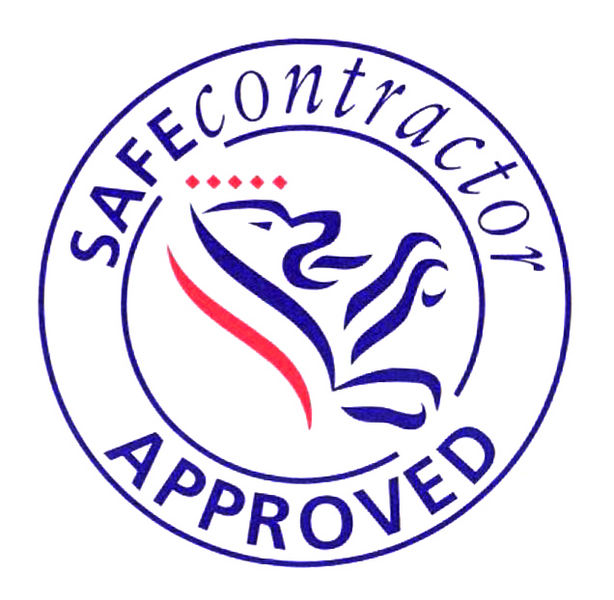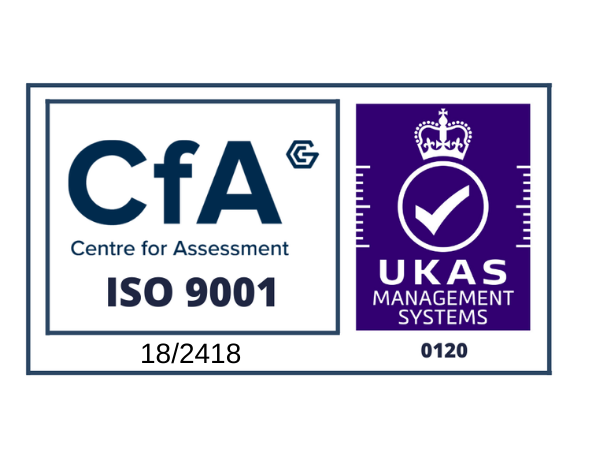Loft Stairs Can Help Create Additional Living Space
More and more homeowners are choosing to have their lofts converted into extra living space. As the housing market has been less buoyant in recent years, those who need more room but can't sell their property have to use existing space. Likewise, homeowners who love the area they live in might consider extending their property rather than moving.
One of the major design considerations when planning a loft conversion is the positioning and style of stairs you want. Both straight and spiral staircases are suitable for loft conversions and these can both be manufactured by Bradford fabricators Bradfabs. Straight stairs are the simplest to install, but they do take up more space on the floor beneath. If space is at a premium, then a spiral staircase might be a better option. These are more complex to produce and install, but they will look stunning when in place.
Once the stairs have been added, they instantly make the loft more accessible. It creates another usable room. The use of permanent stairs, rather than the occasionally used pull-down ones, transforms the loft from a storage space to an official bedroom or living space.
Positioning of the Stairs
It's important when planning a loft conversion that you think carefully about exactly where the stairs will be placed. The best position for loft stairs is to have them in line with the roof ridge. This allows more height above the staircase when entering the loft. The minimum height required is two metres above the pitchline. This allows for at least 1.9 metres in the centre of the stairs and 1.8m at the edge. The location of the stairs will also be based on how the floor underneath is laid out and where it's practical for the stairs to come down.
You also need to consider the height required to access the loft and how many steps will be necessary to reach the entrance. Building regulations specify that there can be no more than 16 steps in a straight line. Normally only 13 steps are required to access a loft. However, if you need additional height in your property, you would need to consider a spiral staircase instead. The maximum rise of any step is 220m and the minimum depth is 220mm.
Loft stairs will require balustrades, which must be positioned at a minimum height of 900mm. The gaps between the spindles should be no wider than a space that a 100mm diameter object could fit through.
Steel Stairs
As the stairs for a loft conversion will be used on a frequent basis, a steel construction will be a more durable solution. These can be custom-made by Bradford fabricators in order to fit into the exact space available. Combining the steel stairs with other materials, including wooden steps and handrails, will allow you to design the staircase to fit in with other elements of the house.
Further information on our full range of staircases can be found on the product pages.







